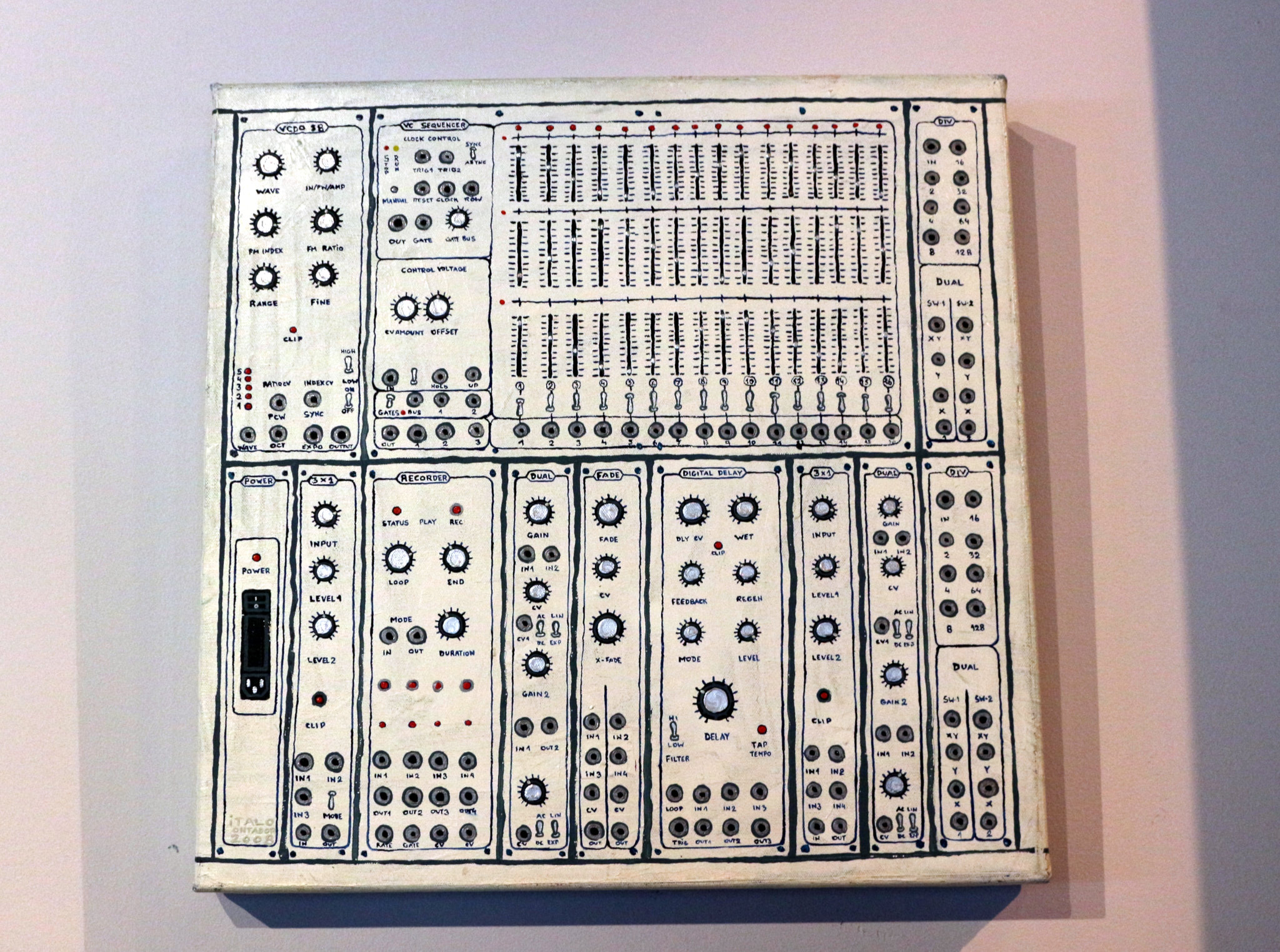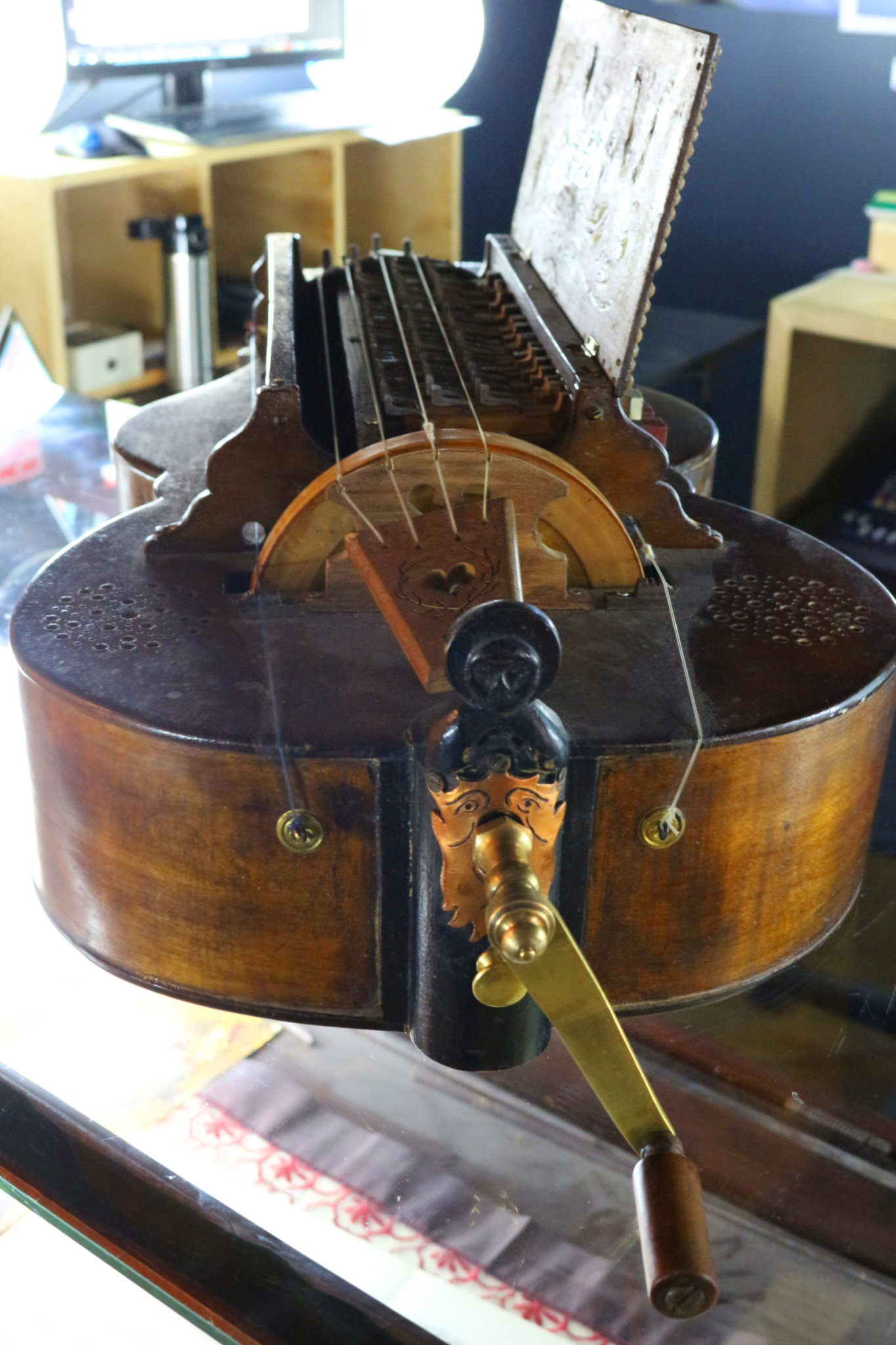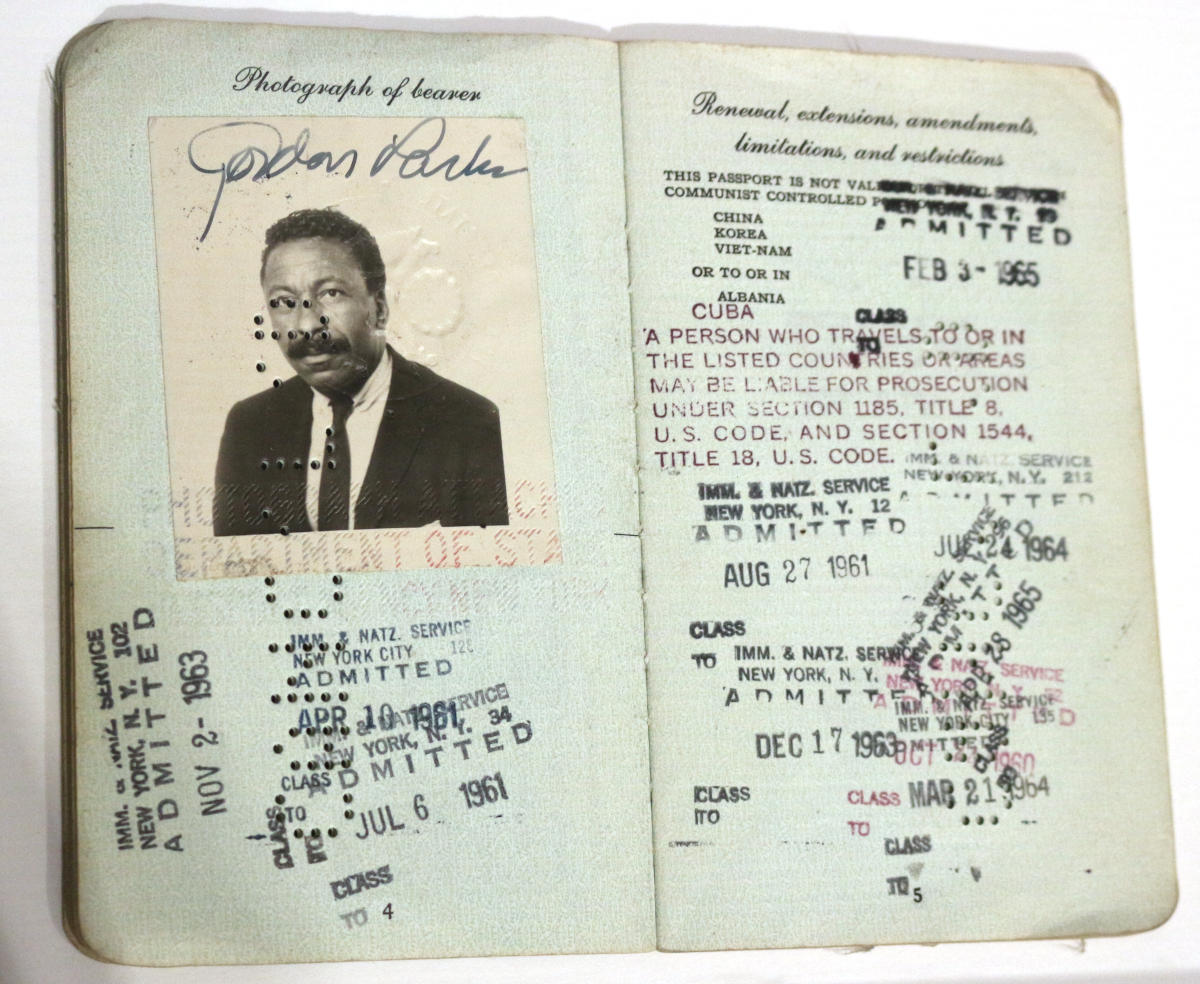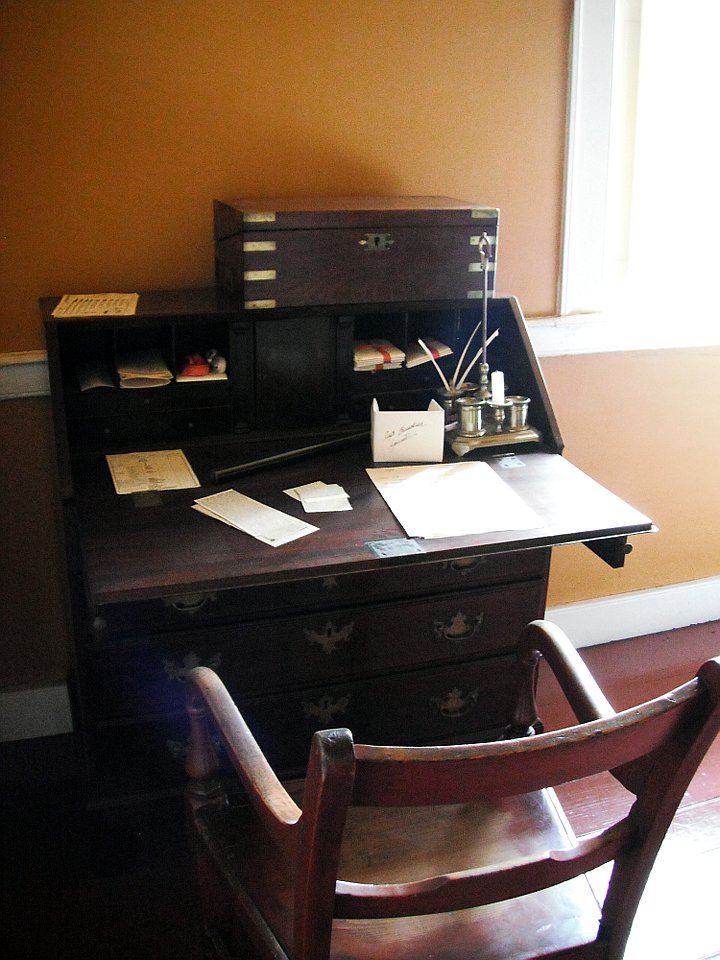Painting you can hear (top photo)
I have a great deal of sympathy for all sorts of creative problems – and like many folks who are tuned for empathy, the weight of daily horrors and unkindness, great and small, can pile up and feel very discouraging.
But for all my curiosity and thrashing about in various media, there is one art problem from which I rarely suffer – the dreaded writer’s block – and the reason is simple – I walk – and every time I choose a good walk, and leave myself wide open to absorb it, I inevitably come home with too-many things to write about!
I mentioned an especially sweet art-filled walk home awhile ago – and the other day, I managed to have a similarly charmed wander in the space of just a few hours – all between a morning and an evening model gig! As in the last case – the star attractor was itself too rich (needs it’s own unique space and themes). Then, I was after a Kent Monkman show (about which I will soon finally post), this time it was Christina Sealey – whose new show is still on at The Redhead Gallery at 401 Richmond until this Saturday the 23rd – wonderful stuff – go and see it now. while you can!
The cool thing about 401 Richmond, is that it is absolutely PACKED with galleries and also many interesting projects, including student-lead urban design research (a truly lovely Jane Jacobs display, graces one hallway). I also watched a very interesting film about Cosmism in Russia at gallery YYZ (As soon as I saw Tsiolkovsky and Korolev on their wall-sized history grid – I was IN). ;o)
Along with Christina’s excellent show (full post to come) I saw some very interesting new landscape work – and the work of one Montreal painter who specializes almost entirely in the surface of frozen ponds and lakes – and revealed wondrous new depth and beauty there. Abstract-not. Tres cool!

Right over the mantlepiece!
But the unexpected thing that really pushed my already great day over the top was running into “The Tell” – also at 401 Richmond. The Tell is a performance space and exhibition venue with a really interesting feel, and the work on exhibit when I dropped by, made me literally laugh with delight.
Not only was the theme of the art extremely near to my heart – its creator had also assembled a lovely old collection of curious, and to some, obsolete sound equipment. When I asked about poking my head behind the curtains in the back, he said it was just his workshop, but when we started talking and I explained that I’d been an audio technician for a quarter century, and had worked on almost every piece of gear I could see, he invited me to not only look in the back, but also ignore the “no photography” sign!
Then he explained the thing that got me really excited – these paintings he’s made – representing big old style transistor analog synthesizers – are not just full-scale representations designed to show the massiveness and the solidity of the human interface once offered – he even set them up at an exhibit with laser scanners for touching fingers, linked to soft-synths!
That is, the visitors to the gallery could actually hear the effect of twisting a knob on a painting, in real time! Still unsatisfied, he is determined next to find a way to add actual knobs with proper resistance ‘feel’ – go full-tactile!

Playful and playable
All of which is nothing short of lovely to me. I was a kid when commercial analog synths first got going in the 1970s, and listened to Wendy Carlos and Keith Emerson with delight (Kraftwerk and Laurie Anderson arrived just in time for my teenage years). I got into analog synths both because I liked the sound, and also because I was perennially broke, and at the time, a lot of people were getting rid of them, to get into trendy new digital machines, (whose voices have really not aged as well).
While working as a drug store stock boy as a 16 year old, I heard an interview on the radio which suggested that 4-track cassette (and low-cost 8-track 1/4″ open reel) recorders – just newly available then – were about to create a whole new wave of independent music.
My aspiration was instantly set – and indeed, I soon assembled a wonky little home studio – initially out of a garbage salvaged Radio-Shack top-loader, with a foot-pedal operated steno-machine, for bouncing tracks – and then gradually less crappy over time, by slow and steady degrees. All on the patience-plan – much homebuilding, junk-salvage and funky cross-wiring.

Flywheel revolutionary
As it turned out, both the Cassette Four and Quarter Inch Open Eight formats really were revolutionary. The eight, in careful hands, was so good that you could actually release commercial vinyl from it (The Eurythmics “Sweet dreams are made of this” was recorded on a Fostex 8 – and they used an acoustically lucky back hallway for that sublime low-noise reverb!)
The four-track allowed people like me, who never did make money from their own music, to record their original creative work with friends and share it, even on a very near to zero budget. This really was historically brand-new in the 80s – and many artists built fans this way. As a first-generation kid, home recording is a decadence that still makes me giggle today – even if it is usually all represented on a LOGIC screen – where I don’t get to pull any case-screws, or enjoy my skills at fine calibration, to really get those tricky mid and high frequencies sweet!
To me, computer recording is rather like those cool paintings – analogies of the analog! But even I don’t spin tape anymore. Miss it plenty, though – and I still haven’t heard a software saturation simulator that satisfies like a good tape-head working in it’s sweet-spot – overloaded for compression and a tiny bit of harmonic distortion, without undue ‘ pinching of the sound-stage’. (Second funniest audio phrase that actually means anything)

Tinker’s Axe
I feel lucky to have grown up with transistors you could see and solder, comprehensible repairable electronics and analog technologies, and even though I am now quite obsolete as a technician, the insights that the discipline gave me continue to serve me well. Even for art problems!
Can it be repaired? Is it best seen as a failed prototype (always a helpful study, even when all the answers it yields are negative), and begun anew with a fresh sheet of (graph) paper, a clear bench and a calm bench-head state of mind? We have to stay light about these judgements – and REAL! There is no sense putting another hundred hours into a piece that we can already logically tell is definitely destined for the waste-heap!
Not to mention, as a nut for history, I always scale my experiences against others, which feel informative or familiar. (Give me isomorphisms, or give me data!)
Not only was this energetic artist working the practical material realities of my youth into abstracted and then reconnected imagery, he also had a rare and wonderful trophy under his display case, which he took out for me to admire.
I couldn’t help thinking about the array of skills required, to construct such a beast – fine woodworking, precision metal-work, understanding of springs and dampers, resonance, stress-bracing and even some Pythagoras – the essential theory of strings – calculations to get the scales and tuning right – all done with hand-made hand-tools, and calliper and compass math, to cut and measure.
Which makes me wonder how the elite Hurdy-Gurdyists of the time felt, watching the rise of guitars and accordions. Hey – but I really liked doing that!
¯\_(ツ)_/¯









